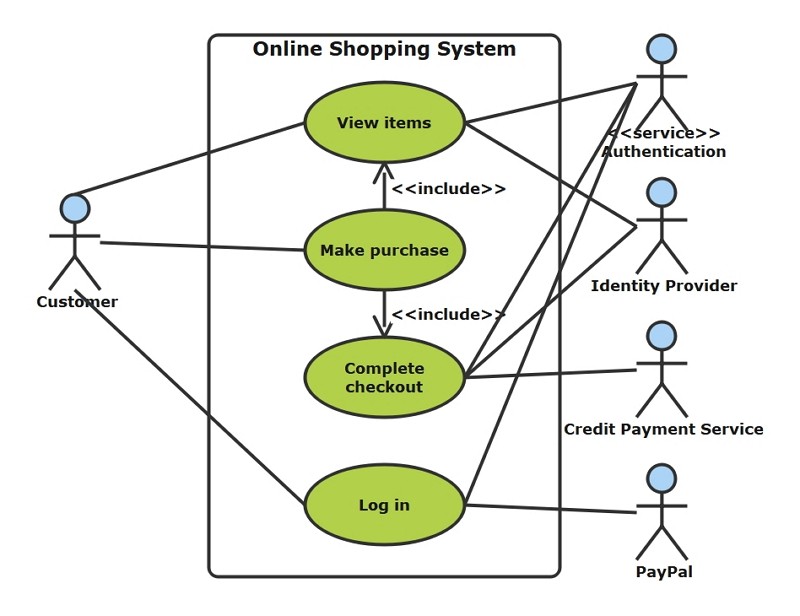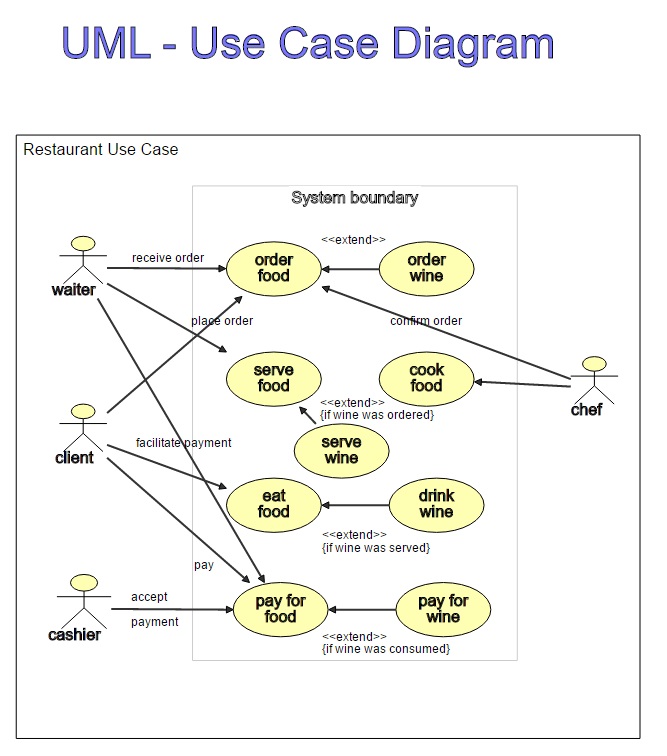

And a brief history in tweets reminisces about the days of old.

Real-time collaboration to share, gather requirements and analyze your use cases together with clients and peers. UMLet supports a variety of UML diagram types: class diagrams, use case diagrams, sequence diagrams, state diagrams, deployment diagrams, activity diagrams - see some examples.įinally, porting UMLet to a JavaScript web app, and later to a VS Code extension, is described Online use cased diagram tool to easily create use case diagrams. These custom elements are outlined here or in this paper. Without leaving UMLet, users can thus create and add new element types to their diagrams. An element's look can be modified at run-time by changing a few lines of Java code UMLet then compiles the new element's code on the fly. UMLet also allows users to create their own custom UML elements. The use case diagram, as one kind of UML diagrams, represents the tasks and several services that the systems need to execute. Elements can also be modified inside their palettes and immediately used as new templates this way, users can easily tailor UMLet to their modeling needs. In conclusion, the use case diagrams examples capture the functionality of the system by the use of use cases and various actors of the system. Learning about the various element features is supported by prototypically using them from sample palettes. UML elements are modified using text input and a small markdown dialect instead of pop-up dialogs. UMLet is a UML tool aimed at providing a fast way of creating UML sketches.


 0 kommentar(er)
0 kommentar(er)
